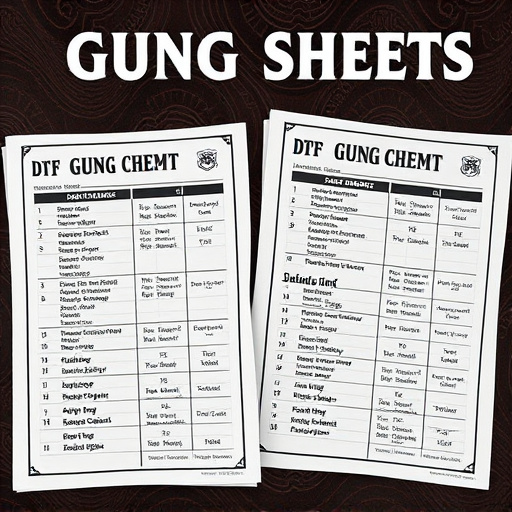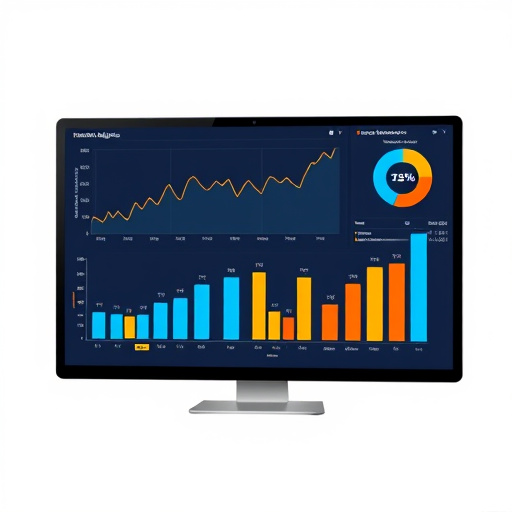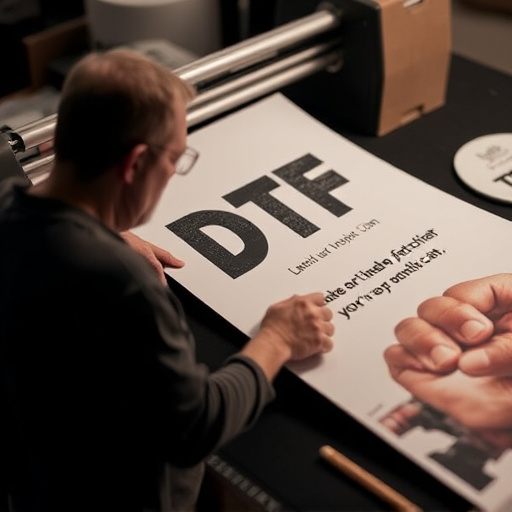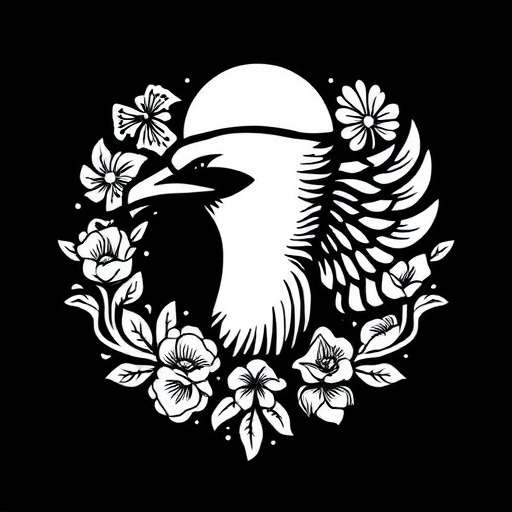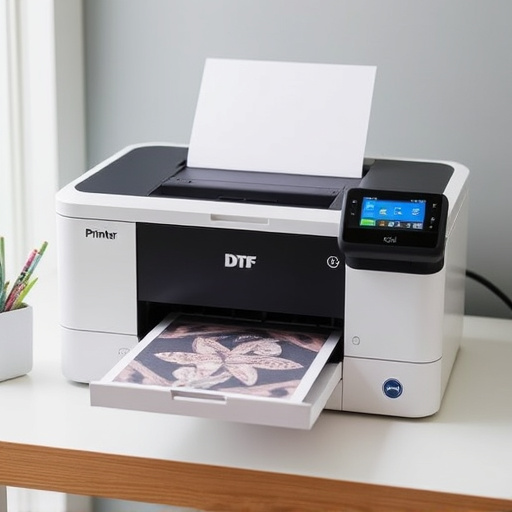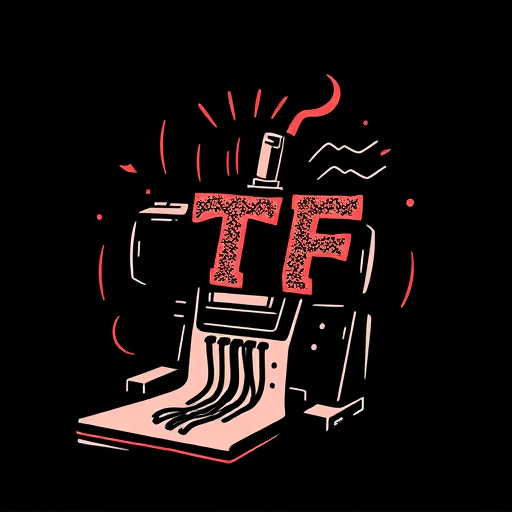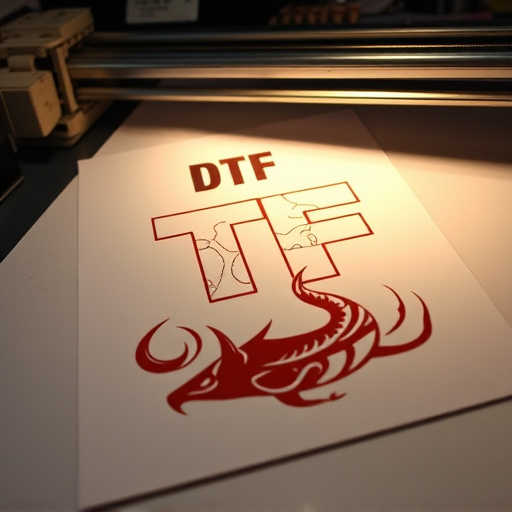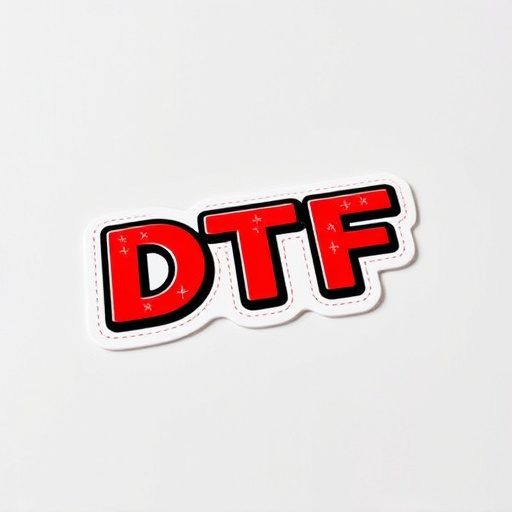Custom Direct to Film (DTF) transfers print digital designs directly onto specialized paper, offering speed, precision, and vibrant results for various products. This technology revolutionizes production with tailored control over design, material, and effects, streamlining workflows, reducing waste, and catering to diverse market demands in apparel and beyond. Strategic implementation involves selecting proper DTG sheets, calibrating equipment, using vector graphics, managing color profiles, and testing print resolutions.
Streamline your production process with the power of custom Direct to Film (DTF) transfers. This innovative technology offers a seamless way to create high-quality film prints, tailored to your specific needs. In this article, we’ll explore how understanding DTF transfers can simplify your workflow. We’ll delve into the benefits of customization, from increased efficiency to enhanced creative control. Get ready to discover best practices and tips for implementing custom DTF transfers, revolutionizing your film production journey.
- Understanding Direct to Film Transfers: A Basic Guide
- Benefits of Customizing Your DTF Transfers for Workflow Efficiency
- Implementing Custom DTF Transfers: Best Practices and Tips
Understanding Direct to Film Transfers: A Basic Guide
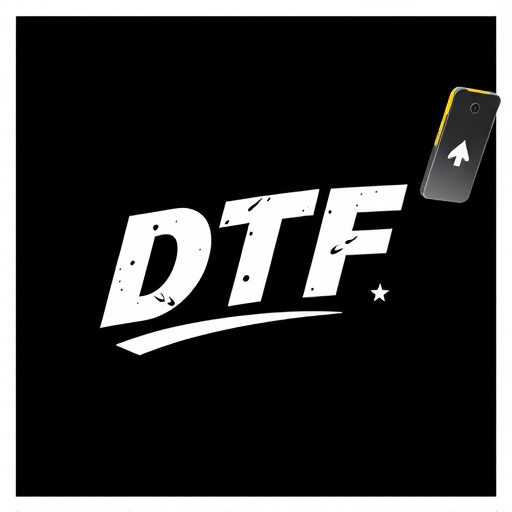
Direct to Film (DTF) transfers are a cutting-edge technology that allows for the creation of high-quality prints and products directly from digital files, eliminating the need for intermediate steps. This innovative process is particularly beneficial for businesses and artists looking to streamline their workflow and enhance efficiency. With Custom Direct To Film Transfers, you have the power to transform your digital designs into tangible items swiftly and with remarkable precision.
This technology involves using specialized printing papers or materials that can directly receive inkjet prints, enabling the production of custom dtf prints, from t-shirts to posters and more. The process is straightforward: digitize your design, optimize it for printing, and then use a compatible printer to apply the image onto the chosen DTF heat transfer paper. This results in vibrant, accurate colors and crisp details, making it ideal for creating personalized merchandise, promotional items, or art reproductions with a unique, direct-to-garment feel.
Benefits of Customizing Your DTF Transfers for Workflow Efficiency
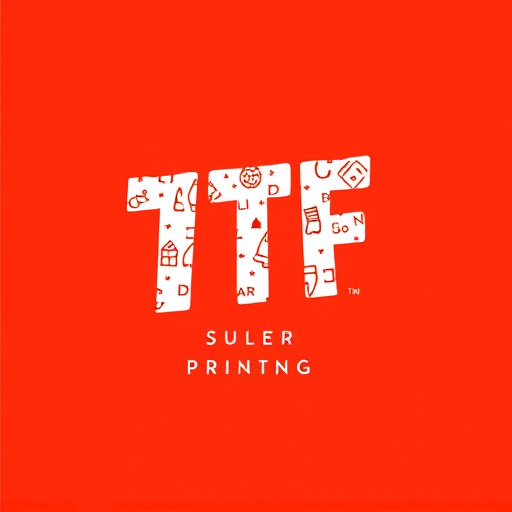
Customizing your Direct to Film (DTF) transfers can significantly streamline and optimize your workflow, bringing numerous advantages to your production process. By tailoring the transfer method to your specific needs, you gain control over various aspects, ensuring efficiency at every step. For instance, in the apparel industry, DTF for hoodies or t-shirts allows for precise design application, eliminating waste and saving time. This precision is particularly valuable when dealing with intricate patterns or detailed graphics, ensuring each garment receives an exact replica of the desired design.
Moreover, custom DTF transfers offer versatility in terms of material and finish. You can adapt the process to accommodate different fabrics, from cotton to polyester, ensuring your final products meet diverse market demands. This customization also extends to special effects, color options, and even the ability to incorporate multiple designs onto a single garment. As a result, businesses can enhance their product offerings, cater to specific customer preferences, and maintain a competitive edge in the market, all while simplifying what was once a complex process.
Implementing Custom DTF Transfers: Best Practices and Tips
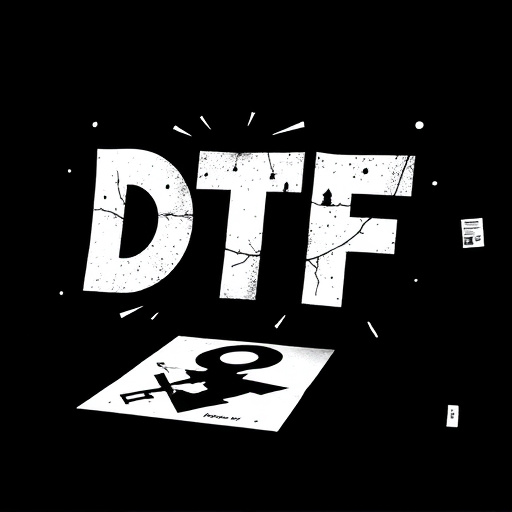
Implementing Custom Direct To Film (DTF) Transfers involves a strategic approach to streamline your workflow and elevate your print quality. Best practices begin with selecting high-quality DTf transfer sheets designed for your specific application, whether it’s for dtf printing on t-shirts or other fabrics. Ensure your equipment is properly calibrated, as even the slightest misalignment can affect final results. Regular cleaning and maintenance are crucial to maintain optimal performance.
When designing custom transfers, utilize vector graphics whenever possible. This ensures sharp lines and intricate details translate accurately during the transfer process. Consider the color profile of your design software and printer to achieve consistent and vibrant colors on the final product. Additionally, test different printing resolutions to find the right balance between detail and file size for smooth dtf transfer sheets application.
Custom Direct to Film (DTF) transfers offer a streamlined approach to simplifying workflows, enhancing efficiency, and improving overall productivity. By understanding the fundamentals of DTF and customizing these processes, businesses can achieve remarkable results. Implementing best practices ensures that custom DTF transfers become a game-changer for any film or photography-related project. Embrace this innovative technique to revolutionize your workflow and create indelible, high-quality outputs.
